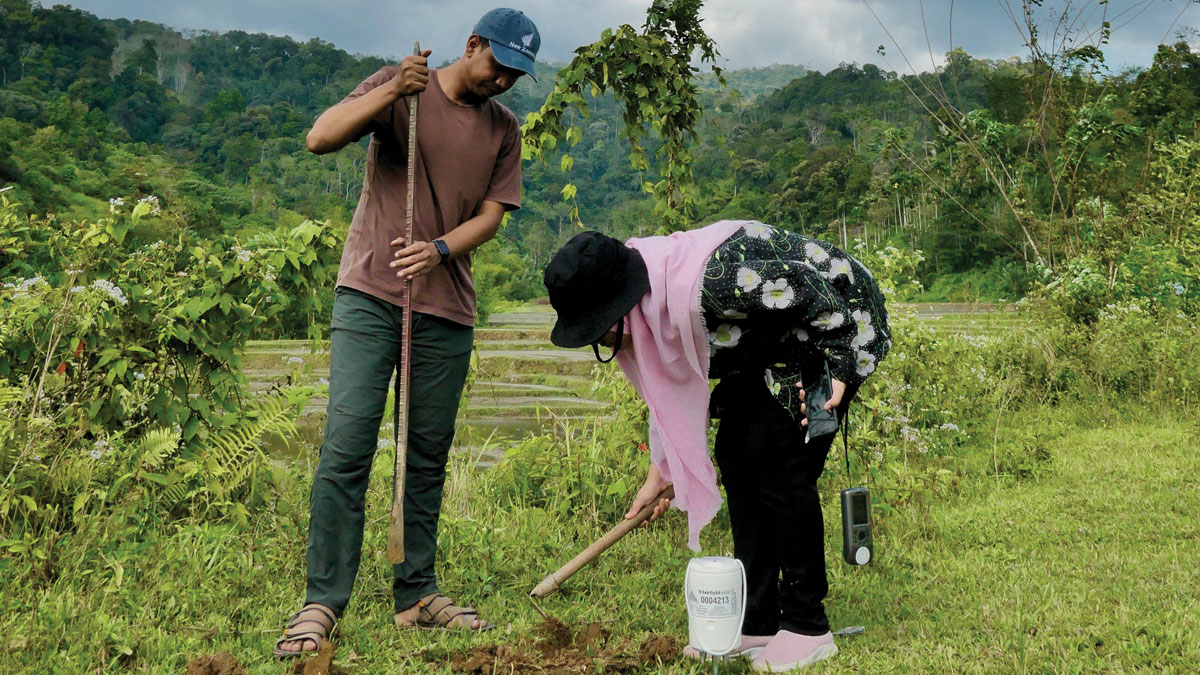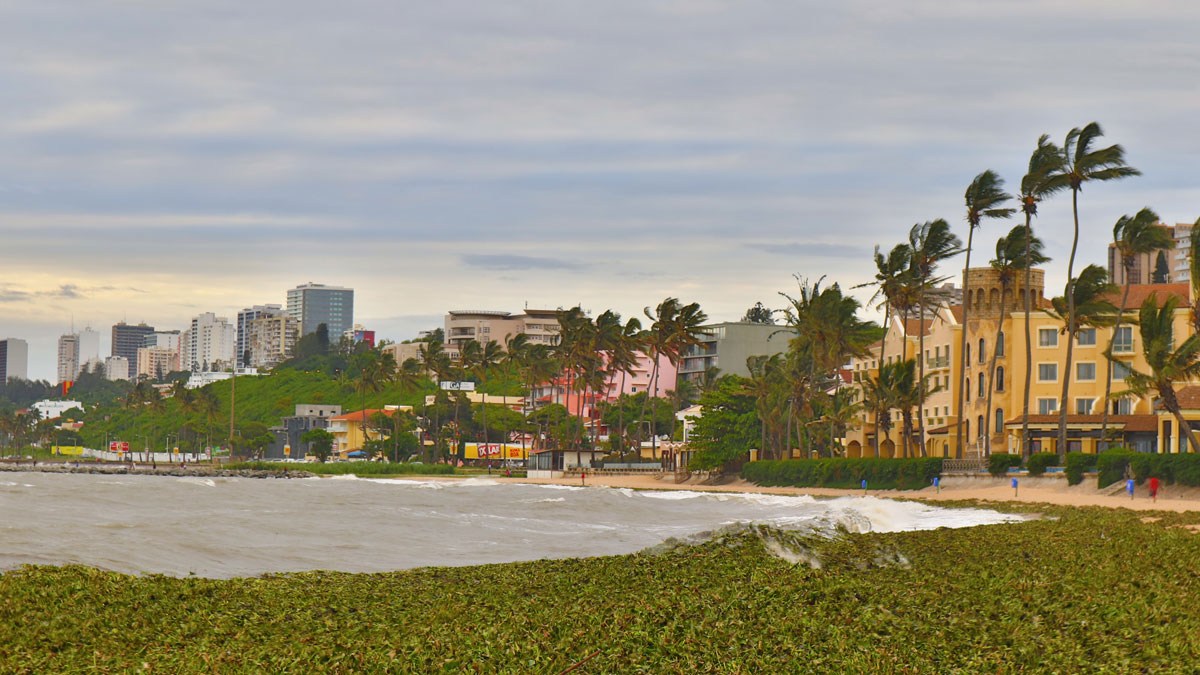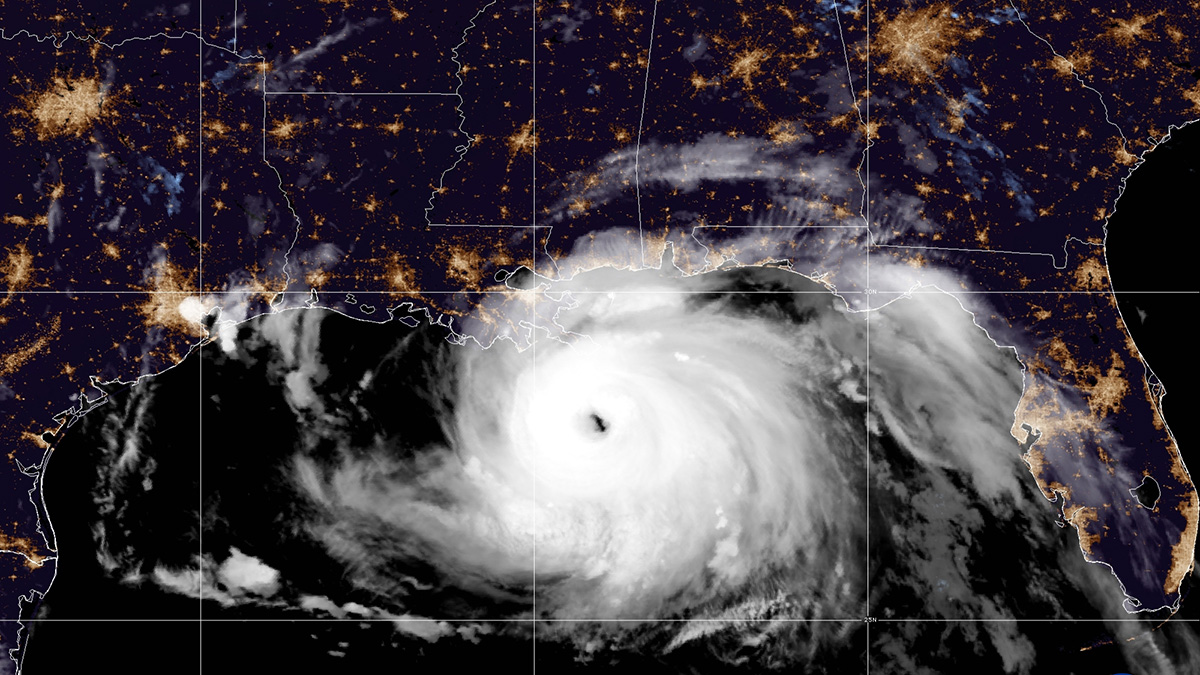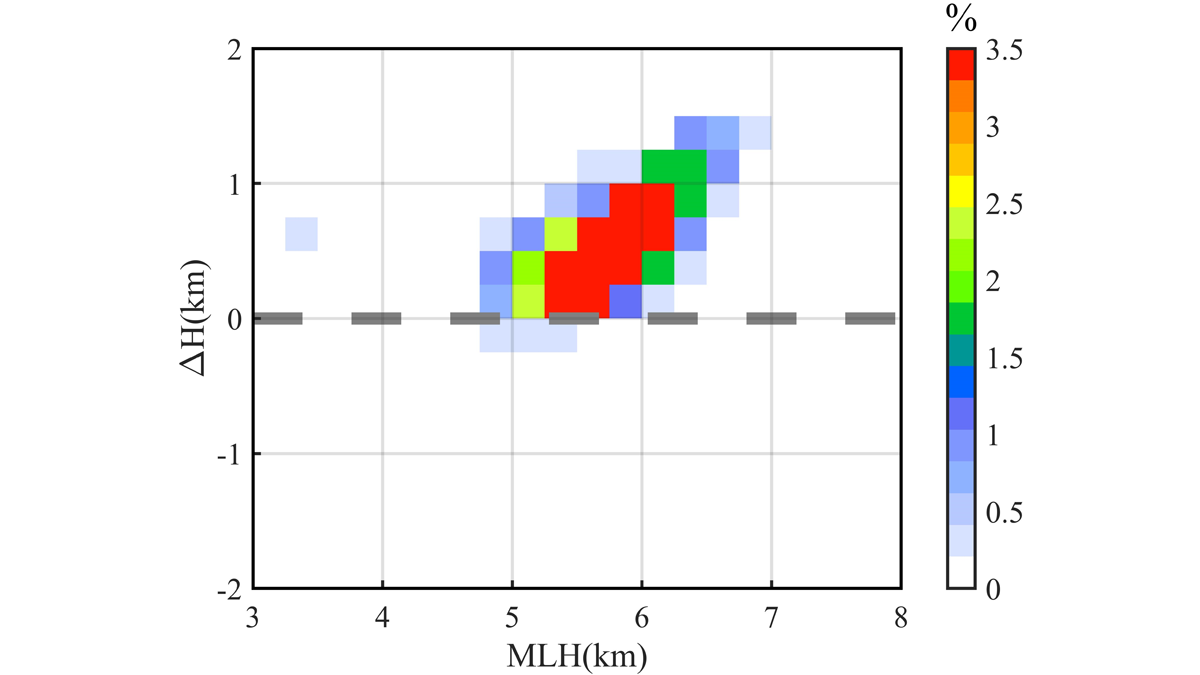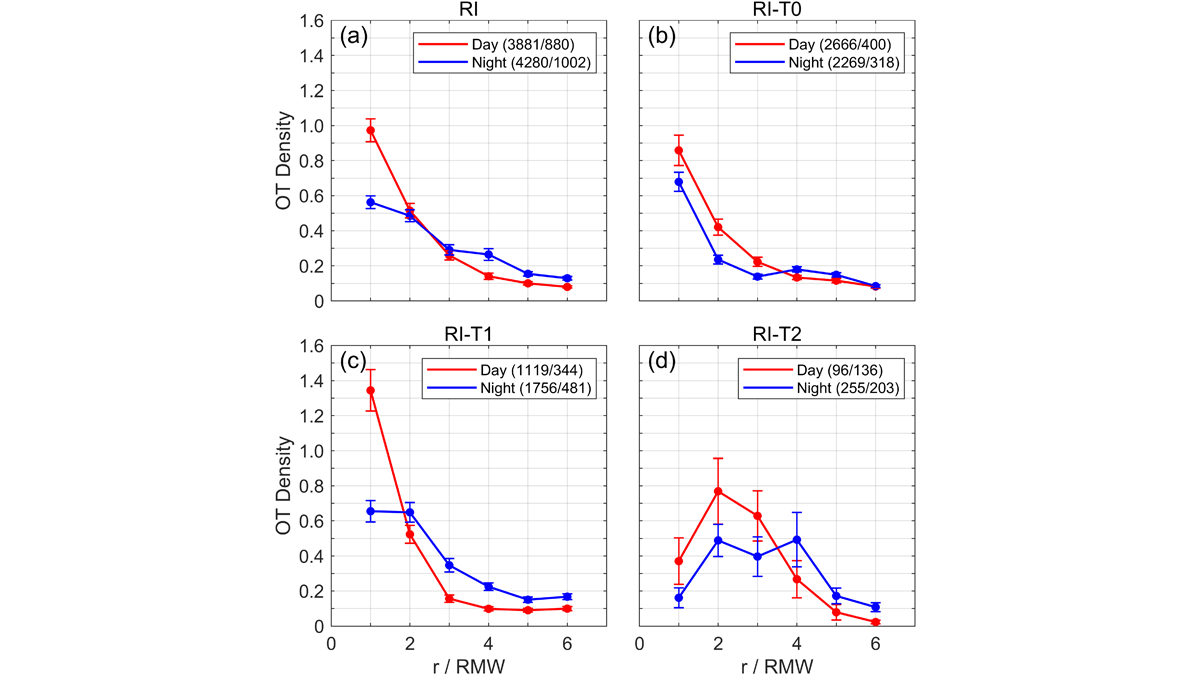Hurricane winds can lead to coast downwelling, which brings warmer surface water near the coast and can contribute to the intensification of the landfalling hurricane.
hurricanes, typhoons, & cyclones
Adventure Time
In our July issue, we tell the tales of Earth and space scientists as they venture into the field and lab to gather critical data.
Severe Storms Expose Ill-Equipped Weather Stations in Southeast Africa
The lack of infrastructure is preventing scientists from robustly reporting meteorological information as well as communicating warnings about hazard-prone areas.
Active Hurricane Season Expected in the Atlantic Ocean
La Niña conditions and warm ocean temperatures have set the stage for another busy tropical storm year.
Muography Array Under Tokyo Bay Spots Meteotsunami Waves
A new study shows how muons can be used to study tide and wave phenomena, helping secure coastal communities.
An Unprecedented View Inside a Hurricane
To improve future tropical cyclone forecasts, researchers sent a remotely operated saildrone into the extreme winds and towering waves around the eye of a category 4 hurricane.
After a Hurricane, Coastal Systems Draw a Line in the Sand
A new study finds nature can’t have it both ways: On the basis of thousands of case studies from dozens of hurricanes, there’s always a trade-off between resistance and resilience.
Melting Layer Characteristics of Cyclones
Dual‐frequency Precipitation Radar observations reveal the characteristics and microphysical processes of the melting layer in cyclone precipitation over the western North Pacific.
Clouds Overshooting Tops and Typhoon Intensity
An examination of the relationship between the diurnal variation of cloud overshooting tops density and typhoon intensity in 45 typhoons, using the Himawari-8 Satellite.


